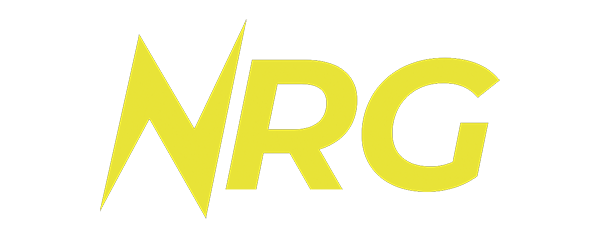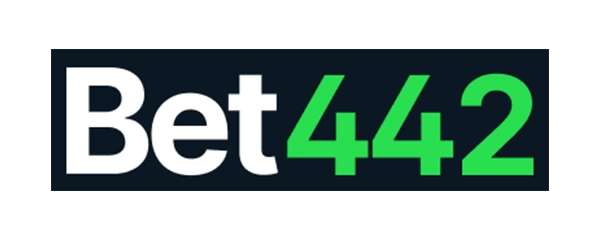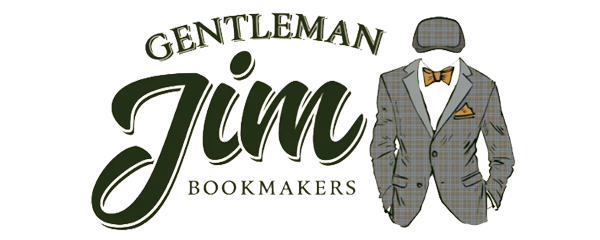You’ve read it often over the past few years: click-baity articles that begin with something along the lines of “we asked AI about bla bla bla and you wouldn’t believe the results.” Or “what if” features based on AI-generated images that transform something familiar into something radically different and shocking after a few clicks. Asking AI has become easy, perhaps too easy; An everyday thing for many people. Sometimes it is fun, sometimes informative, and other times it spreads misinformation or inaccurate facts.
Another form of controversy revolves around generative AI, where artists and enthusiasts alike can easily create 2D, 3D and even video images. In this regard, and similar to what happened with screenwriters and voice actors, traditional craft artists have raised their voices against generative AI models that are dubiously inspired or shamelessly copy the work of others. But can more respectful and independent models serve as tools for modern artists seeking greater efficiency, just as computers did for them?
With these two points in mind, in the spring we held the last Comicon in Napoli attended, and as we look back on the event and reflect on some of our earlier coverage on Gamereactor over the summer, we’ve gathered opinions on artificial intelligence from several renowned artists below. So no, we didn’t ask AI – we asked artists, and here are their voices.
(You can play their respective full interviews, with added local subtitles, in the embedded videos)
Darick Robertson of The Boys: “AI will never miss their mother who died of cancer”
First we discussed it with Darick Robertson, co-creator of The Boys and Transmetropolitan, who gave a less clear viewpoint, looking at the various applications artificial intelligence can have in the human sphere.
“The funniest thing AI has said to me is something like, ‘I really like this interesting connection we have,’ and I’m like, ‘Oh yeah?’ AI is like when the Internet or television came up, everyone said this would be the end. None of us know, but AI is doing amazing things that will help humanity, but it’s not sexy, people don’t want to hear about it. But there is, for example, a series of robots in Seattle that they put to work that can identify within a millisecond what kind of plastic is coming off a giant assembly line and can place it and separate it into the proper recycling. And another thing is that they can perform genomes as a way of cancer research.”
“Without that buffer [van menselijke ervaring] I think it will be a long time before AI can truly create art of its own that is nothing more than visually appealing.”
“But artwork… “It always looks worthless now. Will it always? I don’t know. But AI in itself is a lot of people trying to use that tool to bring out their artwork in a way that they physically can’t. Is that good or bad? I don’t know.”
“But what I also understand is that AI in itself borrows from existing things. And AI will never understand what it’s like to have its heart broken. AI will never have to bury a pet. AI will never miss their mother who died of cancer a year ago. These things are human experiences. And those human experiences find their way into artwork. And that artwork feeds the AI. So without that buffer, I think it will be a long time before AI can really make art of its own that is nothing more than visually appealing.”
Tanino Liberatore of RanXerox: “AI takes the fun out of making art.”
The veteran artist, who was recognized as “Magister” of the Comicon in its 25th anniversary, has always been intrigued by new ways for art and even new technology. After all, he was one of the forerunners of the whole cyberpunk genre.
“I’m very curious as an artist. I don’t accept the fact that I will probably try to [AI], but it’s different from the transition from analog to digital, because in that case I’m still the artist. Whereas with the AI, I’m not really sure. I give the commands, but I don’t know what moves the intelligence to create”.
“So I’m a little scared, but I know it’s the future, so we’ll see. Actually, I come from a generation where there was nothing, and then there was everything. So I feel a bit like a dinosaur, because I’ve been through all these changes, but I don’t know what it will be like, so I don’t know how to use them.”
“The fun has been removed, however, he also added in Italian.
Raptor’s Dave McKean: “Art is about human empathy and AI has none”
Next we spoke with Dave McKean, known for his covers and graphic novels, such as Raptor: A Sokoi Graphic Novel. His opinion was similar to Darick Robertson’s, but with some nuances, for example his initial reaction.
“A few years ago, I was introduced to machine learning and artificial intelligence. I was, like many people, confused. I did some research and spent a day curled up on the floor of my study thinking my life was over.” His response was to write a book, Prompt, Conversations with Artificial Intelligence”.
He also reflected on the role of AI as follows:
“It is a mistake to call it a tool, it is a whole. The scientific possibilities of AI will be extraordinary. I have come to the conclusion that it has no place in our creative life. Art is about human empathy and it has none.”
Thomas Taylor of Harry Potter: “AI is increasingly becoming a monster – authenticity comes through human effort
Another interesting perspective comes from Thomas Taylor of Malamander who, like other artists lately, is trying to move away from not only AI but also digital tools.
“I’ve moved largely to traditional, largely to digital media, but I can still, I can still paint. I grew up in the ’90s as an art student. So I know and I have all that background and I’m kind of starting to want to go back to that, because AI is becoming more and more of a monster. And so I think it’s actually an advantage to be able to paint and draw on paper with a real pencil. So this quest for authenticity is becoming more and more interesting to me. And I’m turning away from digital a little bit again, I think.”
Asked about set styles and our comparison of tool versus threat, he continued:
“Yes, I think right now it feels like a threat. That’s the problem. It feels like it’s taking what we’ve already done and it’s copying and pasting and swiping and making it look like something new. But it’s not really something new. It’s something that has been taken and changed somewhat. And I think more and more people see authenticity as important. And authenticity is something that you get through human effort and searching yourself with a pencil, trying to capture something, trying to draw and paint the real world.”
“AI can’t pick up a pencil and make a mark on paper. And so for me that seems like a ways off. But at the same time, it’s a useful tool. It can be useful to organize ideas and to focus things. So, you know, it’s a balance. We have to find a balance.”
James Harren of Ultramega: “Art is about the sweat and the human spirit you put into creating it.”
Harren, who had worked with Marvel and DC, as well as being known for his own Rumble and Ultramega, shared the idea of humanity as a starting point for art and immediately took offense to technology. However, it all came with his own personal background, one thing being a digital tool and quite another being generative AI:
“You know, I’m not the right guy to ask, because I had a clap phone until 2022. I’m not an early adopter of technology. I use Photoshop. I like my iPad for sketching sometimes, but I really enjoy drawing on paper. I never foresee myself [AI] to use. There is a lot of negativity around it. I don’t want to add more negativity to the world, but yes, I am offended by AI art. I don’t really like how it looks. To me, art is human and it’s about the process. It’s about the sweat and human spirit you put into creating it. I hope people like art that is made by the human hand.”
Simone di Meo of We’re Only Finding They Are Dead: “AI is like an illegal thing.”
Finally, we also spoke with Simone di Meo, artist of We Only Find Them When They’re Dead, among other works with Marvel and Disney, who gave us his take on the situation while raising the issue of legal rights and paying bills.
“For me, it’s hard to have a good answer to this at the moment. But simply because the AI does not respect the rights of the artist. And for me, I can pay my bills with the rights. So it’s hard to understand something that doesn’t respect my work and doesn’t respect the work of many artists. Because right now AI is just like random, like things from other artists and everything together. So it’s definitely the future for a lot of different things. Maybe not for comic books. Maybe not because human intelligence somehow tells some stories. But right now to me it’s like something illegal”.
It seems that most artists agree on the current results that generative AI produces and share similar concerns about human intent and ownership. Still, some were open to seeing it evolve over time in the art world as the potential breakthroughs in areas such as science and research become more apparent and less controversial.



